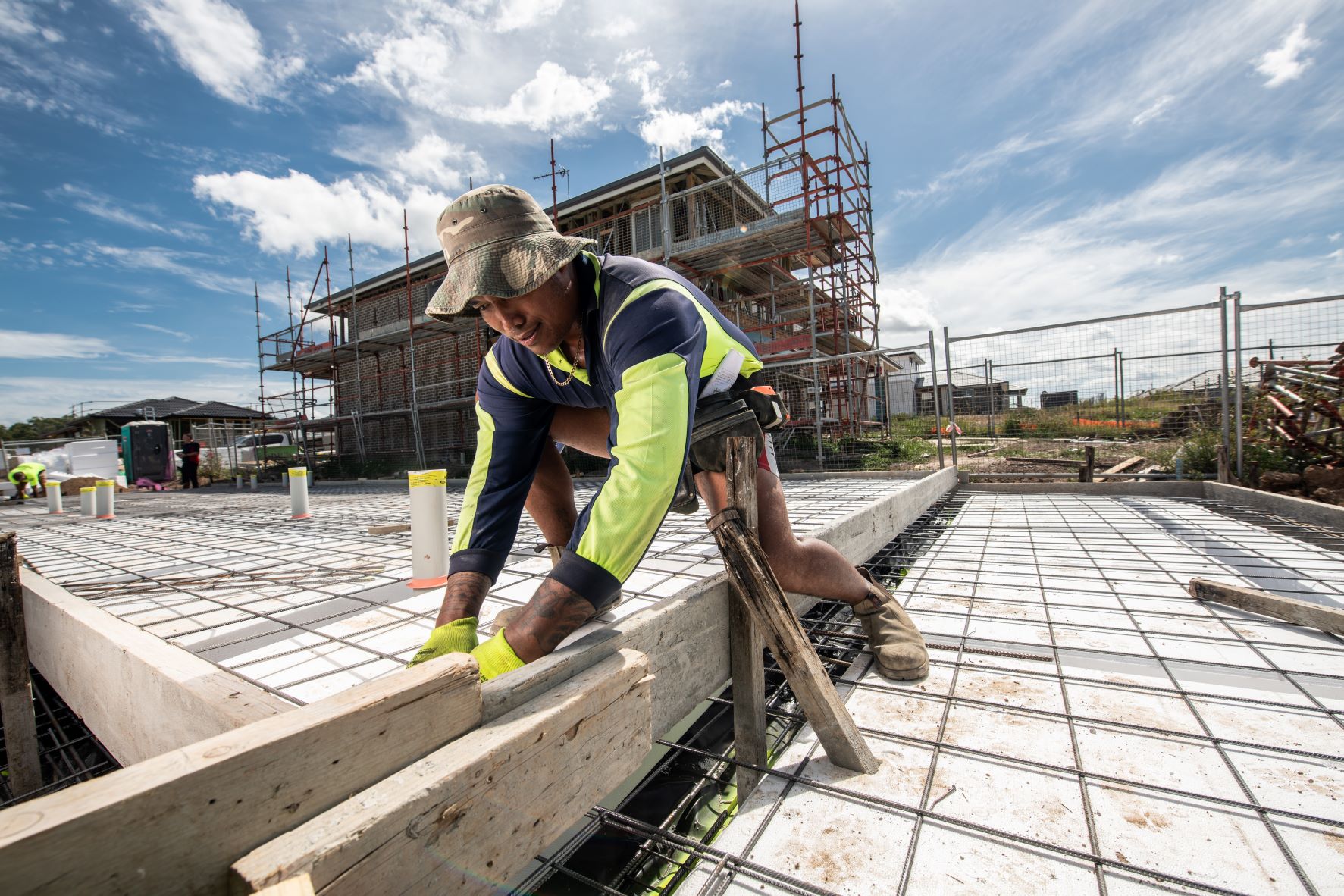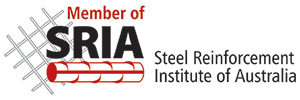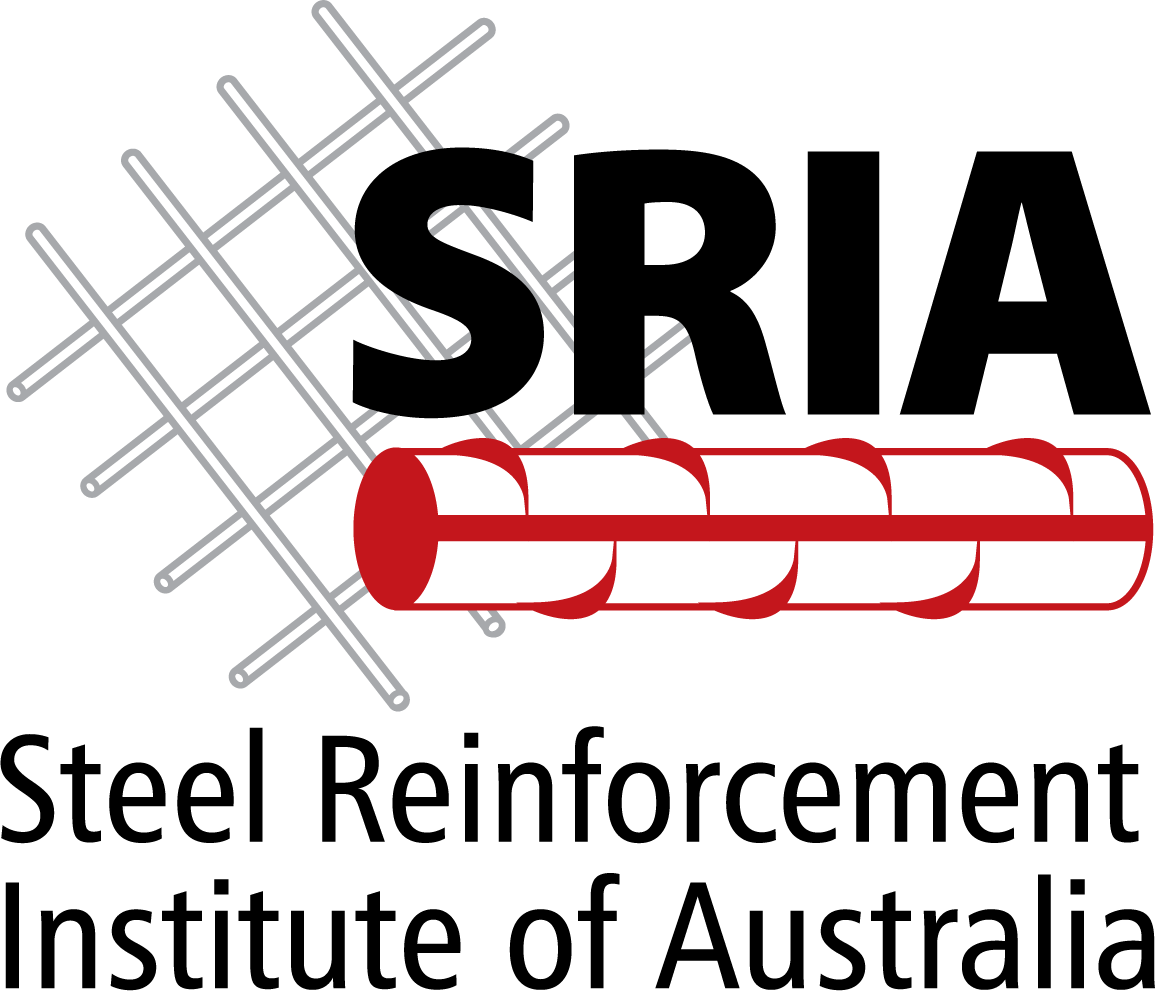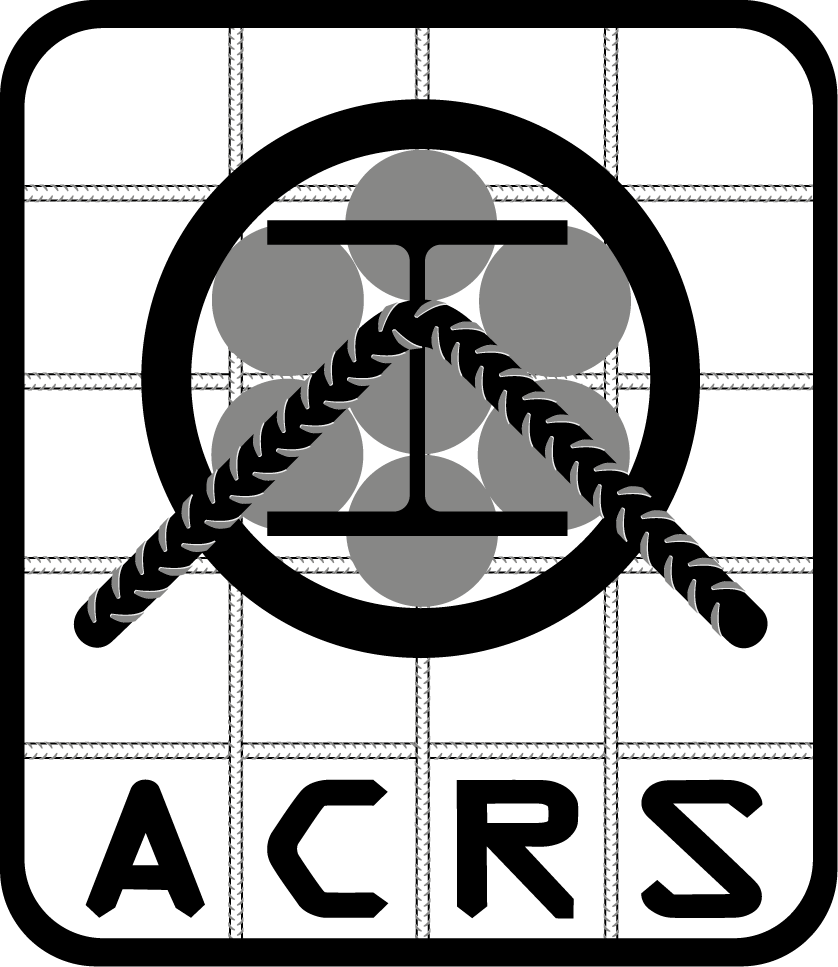Concrete is a strong and durable building material that has been used since 6500 BC. The Roman Colosseum, almost 2,000 years old, is a concrete structure that still stands today.
So why use rebar with concrete?
For the tensile strength.
Concrete possesses extremely good compression strength but poor tensile strength. Once the load on an unreinforced concrete slab or structure reaches a critical point, tension cracks begin to show, and the structure will eventually fail.

You give the structure tensile strength when you place rebar and/or steel mesh in the formwork before the concrete is poured. Hence, you reinforce the concrete. The reinforcement bars transfer the pull (tensile), push (compression), and slide (shear) loads between the rebar and concrete.
Rebar is typically deformed (or ribbed) to create a strong bond with concrete. Because steel and concrete bond so well together, they function as one unit in resisting the applied load. The tensile strength of steel is equal to 100 – 140 times the tensile strength of plain concrete mix.
Concrete on its own is only useful in a few limited applications. But when reinforced with steel, concrete can be used for slabs, walls, beams, columns, foundations, frames, and more.
It’s the perfect marriage, rebar and concrete, and one of the reasons for why Reinforced Concrete is the preferred method of building in Australia.
Types of Steel Reinforcement
There are two common types of steel reinforcement products supplied in Australia:
- Reinforcing bar (Rebar)
- Reinforcing mesh (Mesh)

Rebar, or deformed bar, is typically supplied in Normal ductility grade with a strength classification of 500 MPa (megapascals). The diameter of bars can range from 10mm to 50mm, and the bars are usually processed (cut, bent and/or threaded).
The applications for rebar include reinforced concrete columns, beams, pile cages, and diaphragm wall cages. Rebar pile cages and diaphragm wall cages are typically prefabricated off-site in quality-controlled factories.

Mesh is used to strengthen flat concrete elements such as floor slabs and walls. It is primarily used in residential applications for reinforced concrete slabs.
There are three types of steel mesh:
1) Square
2) Rectangular
3) Trench
The square and rectangular descriptions relate to the aperture shape in a sheet of mesh. The effective area of a Square and Rectangular sheet of mesh is 2400mm x 5800mm.
Smaller sizes of mesh, also known as DIY Mesh or Ute Mesh, are available in 4000mm x 2000mm sheets. Trench mesh sheets are 6000mm long and range in width from 200mm to 500mm.
How do I know if the steel bar and mesh comply with Australian Standards?

The easiest way to guarantee the quality of your rebar and mesh is to get your supply from a member of the Steel Reinforcement Institute of Australia. These processors must hold steel certification from a 3rd party, such as ACRS, to be eligible for SRIA membership.
A 3rd Party Processor certificate guarantees the supplier’s bar and mesh conforms to AS/NZS 4671 Steel reinforcing materials, AS 3600 Concrete structures, AS 5100.5 Bridge design, concrete, and AS 2870 Residential slabs and footings.
Learn more about rebar and steel mesh.


